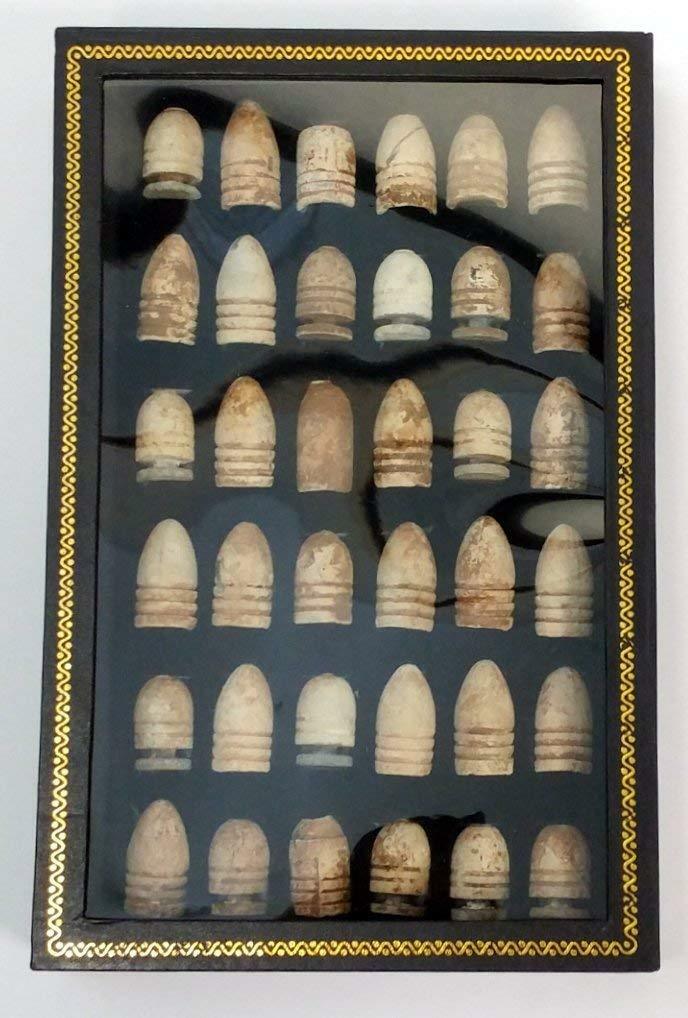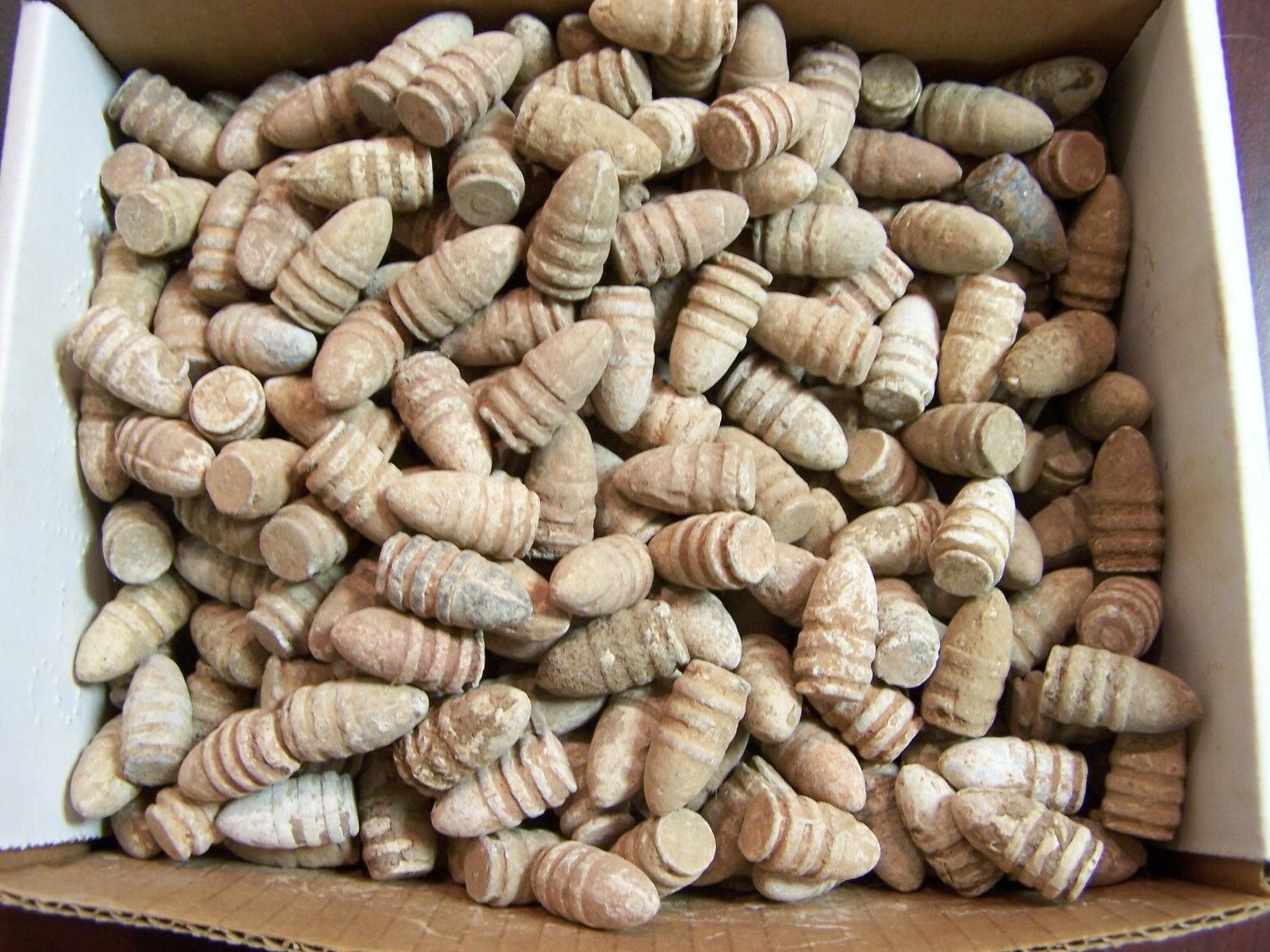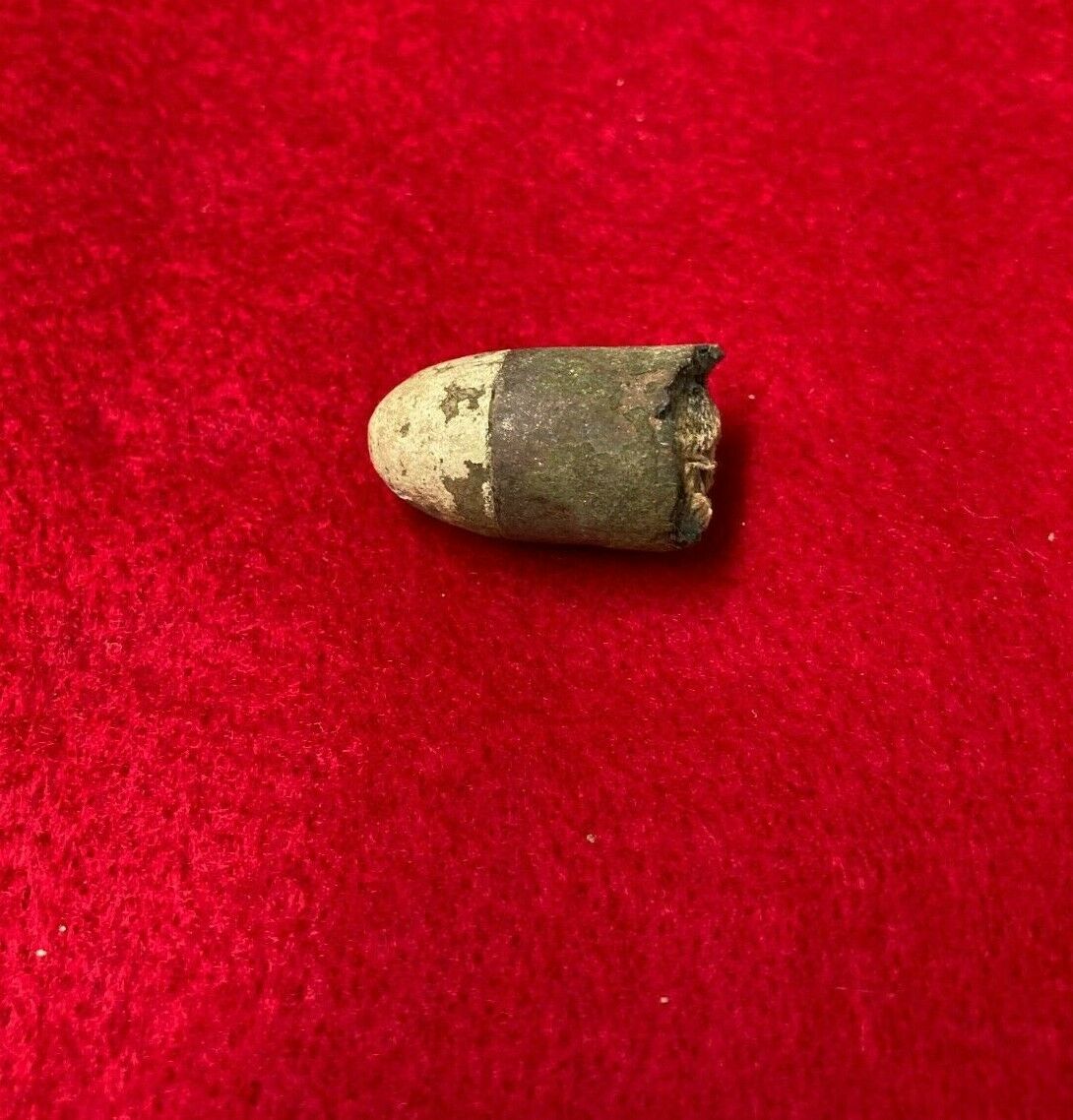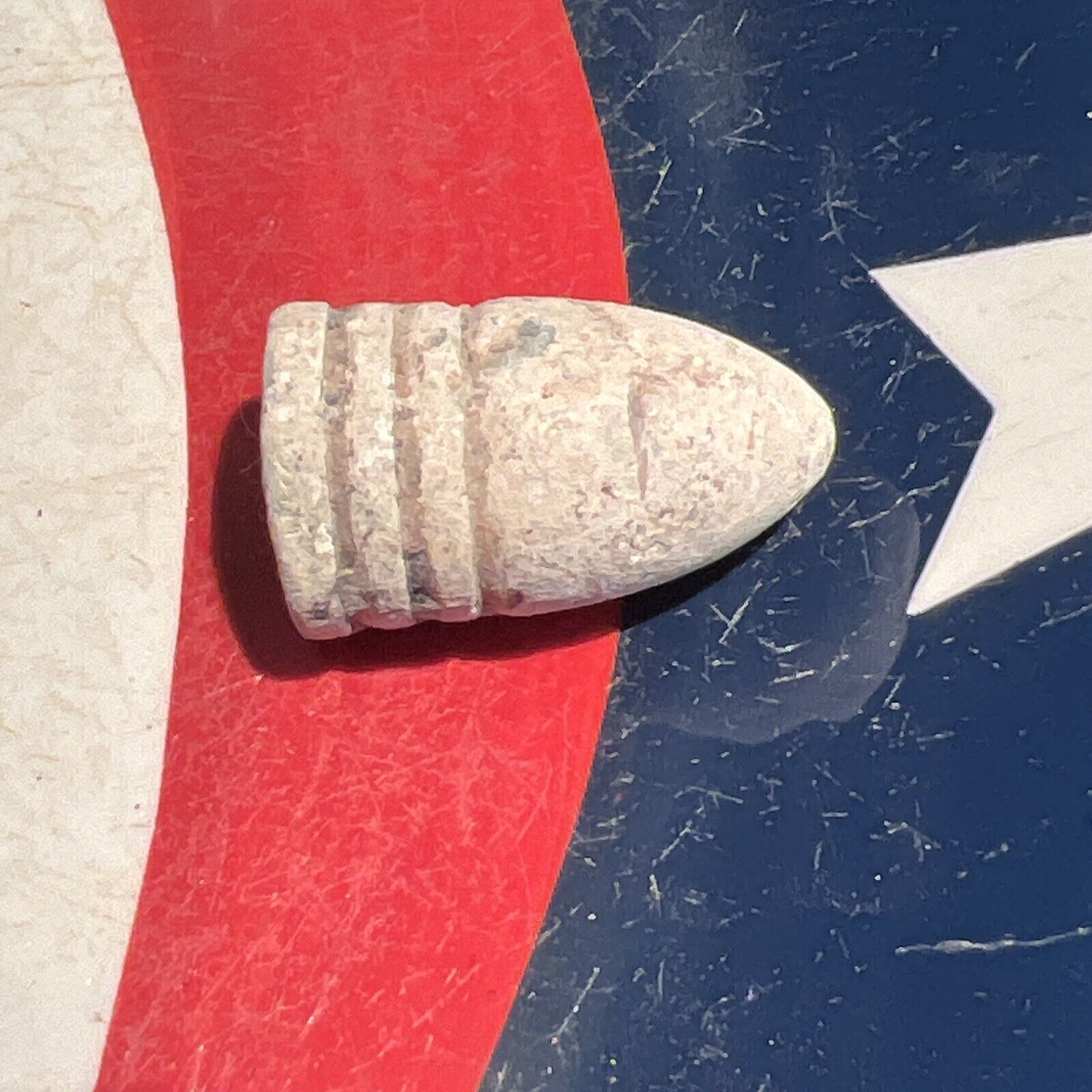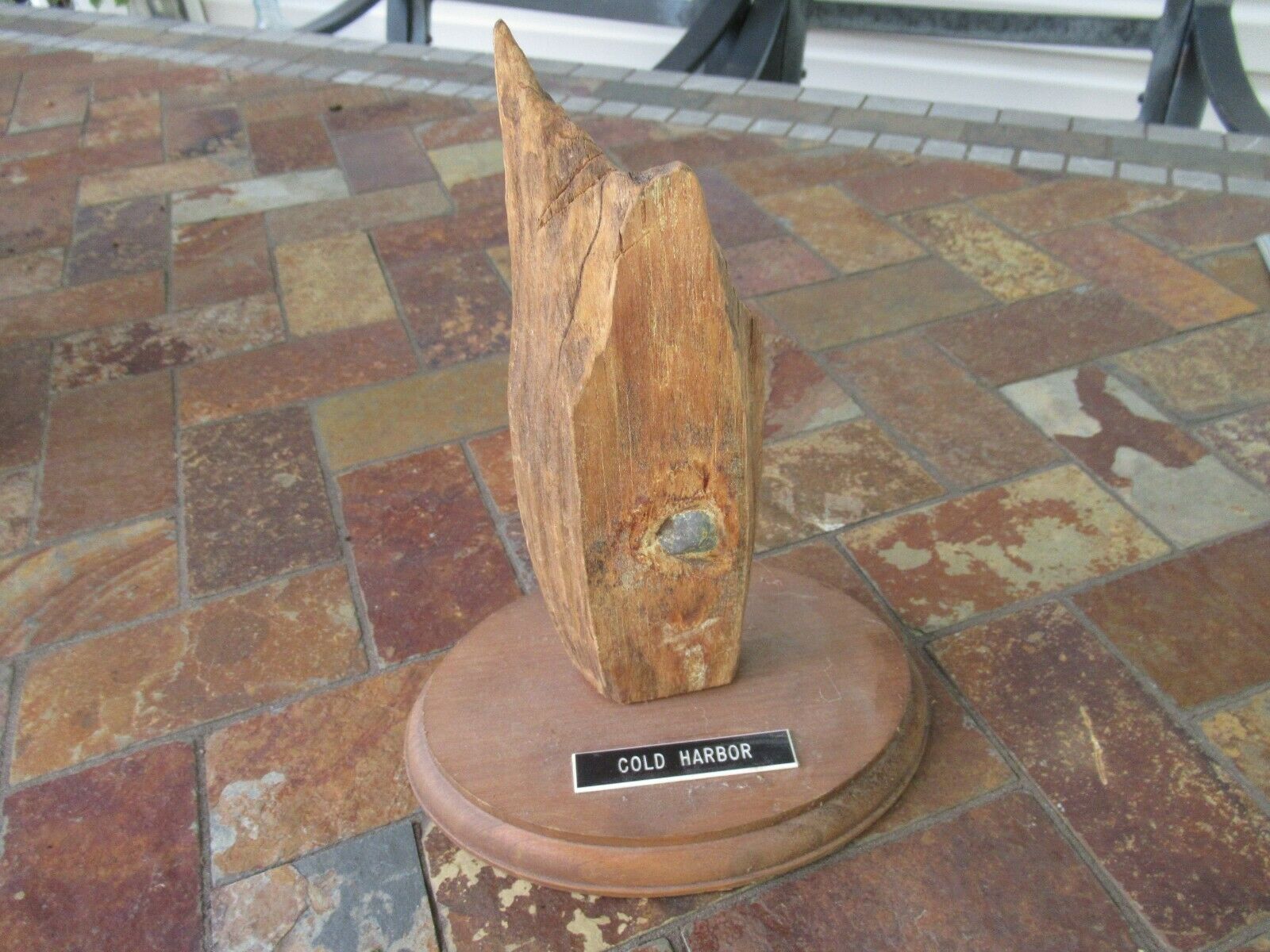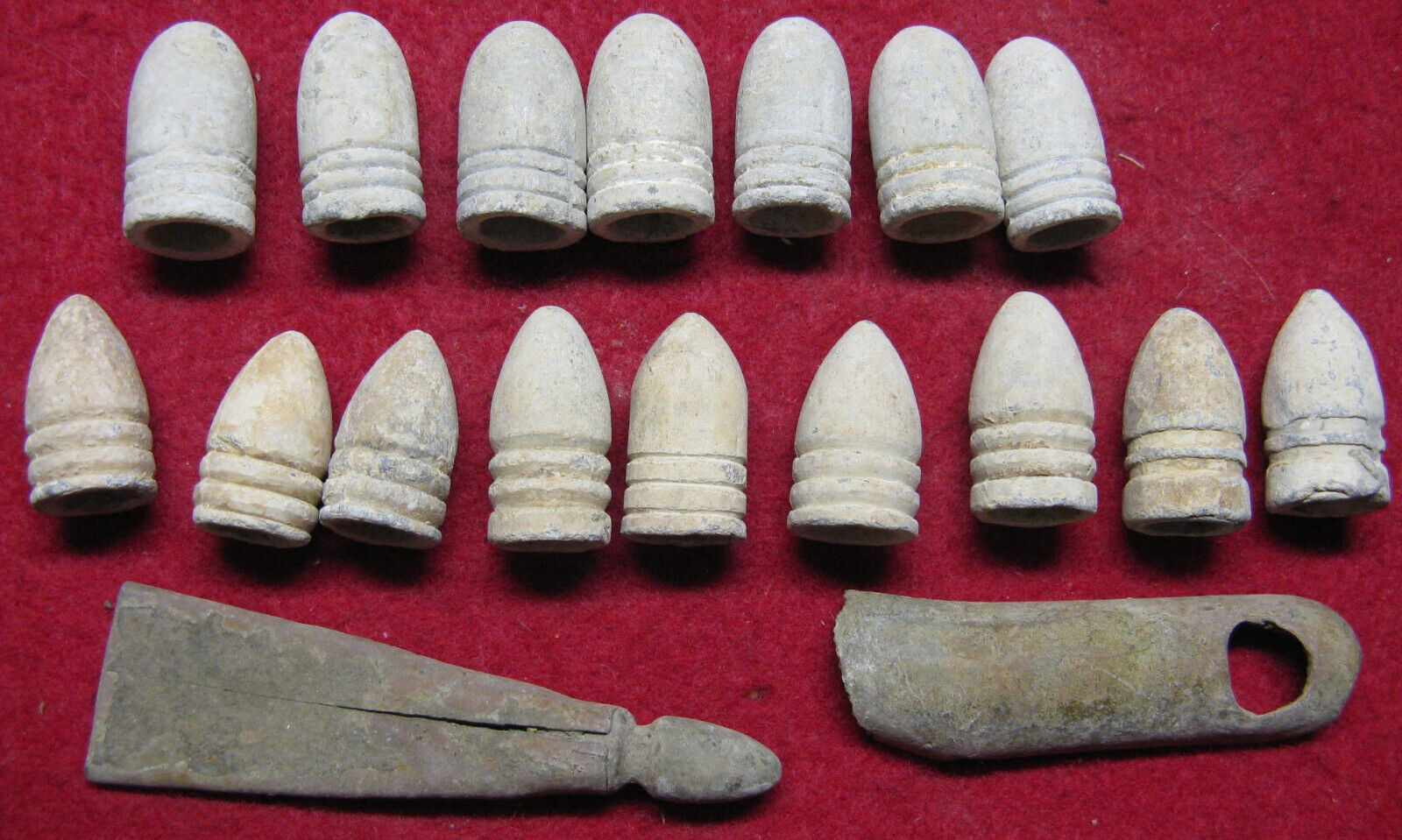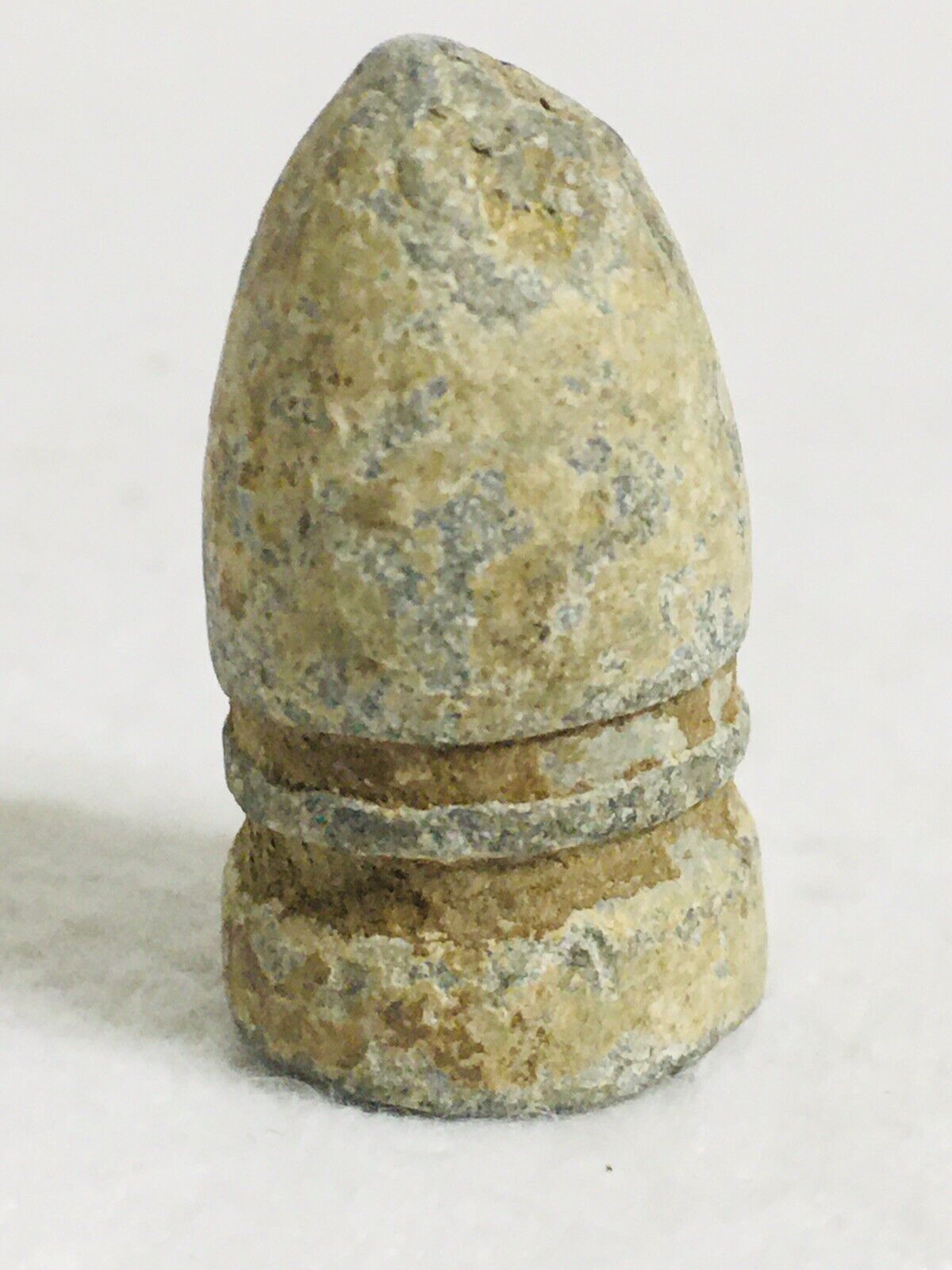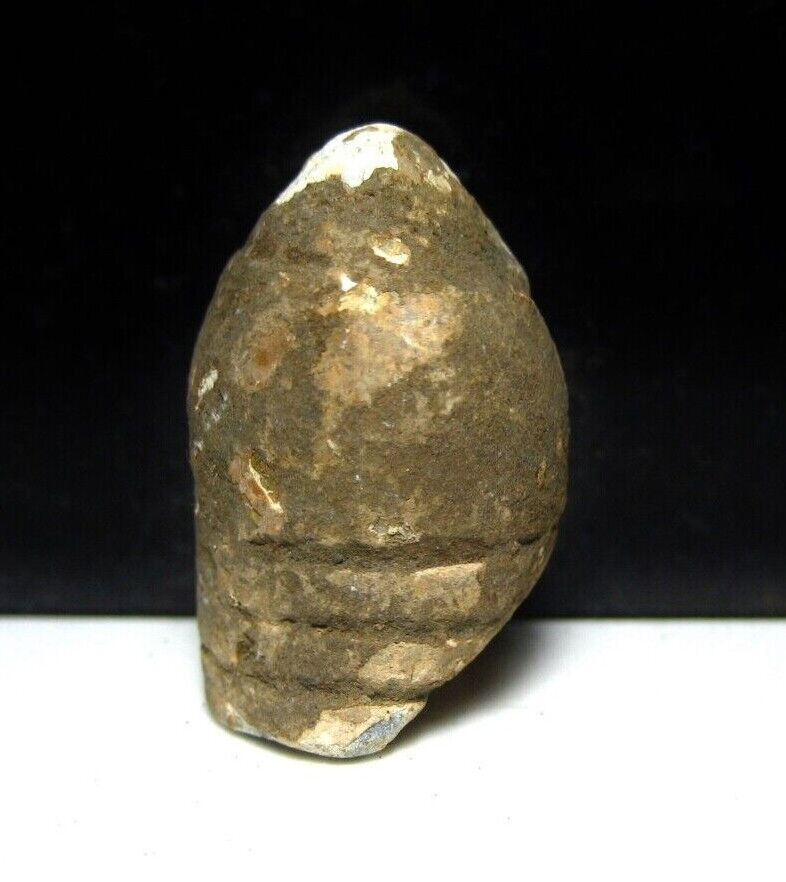-40%
civil war dug bullet “ONE” Dug Devils Den Gettysburg Battlefield Relic
$ 5.28
- Description
- Size Guide
Description
civil war dug bullet “ONE” Dug Devils Den Gettysburg Relic.You’re buying one bullet for this price ! You can buy multiples of you’d like to. The bullet will be selected randomly from lot pictured.
Location: Gettysburg, Pennsylvania. Adams County.
Generals: Union General: Major General David Bell Birney | Confederate General: Major General John Bell Hood
Soldiers Engaged: Union Army: 2,400 | Confederate Army: 5,500
Outcome: Confederate victory
Dates: July 2, 1863
Important Events: Major General John Bell Hood wounded, forced to yield command
Casualties: Union: 800 | Confederate: 1,800
DEVIL’S DEN SUMMARY
Devil’s Den is the name given to a ridge strewn with large boulders south of the town of Gettysburg, Pennsylvania, and about 500 yards west of Little Round Top on the Battle Of Gettysburg battlefield. The origin of the name is uncertain. On July 2, 1863, the second day of the Battle of Gettysburg, the area around Devil’s Den saw intense fighting as part of General Robert E. Lee’s flank attacks, when Lieutenant General James Longstreet’s Confederate corps attacked the divisions of Major General Daniel Sickles’ III Corps of the Army of the Potomac. Some 5,500 Confederates from Major General John Bell Hood’s division ultimately captured Devil’s Den from 2,400 defenders drawn from Major General David Bell Birney’s division. It was one of the few Southern successes in that day’s fighting. Total casualty estimates are over 800 for the Union, more than 1,800 among the Confederates.
THE FIGHTING AROUND DEVIL’S DEN
The broken ground of Devil’s Den lies in the angle between Plum Run and a small tributary branch. The steep eastern face becomes a ridge running to the west, some 100 feet lower than nearby Little Round Top. Between the two, Plum Run creates a valley where the ground is marshy in places. Many of the boulders in Devil’s Den are over 20 feet high.
Major General Daniel Sickles, whose III Corps occupied the low, southern end of the Union position on Cemetery Ridge, decided a rise where a wheatfield lay some three-quarter mile to his front offered a better position. He moved his corps forward to occupy the wheatfield, a peach orchard north of it, and Devil’s Den to the southwest.
One of Sickles’ brigades—that of Brigadier General John Henry Hobart Ward, comprised of six regiments and two companies of sharpshooters—occupied the area along Emmitsburg Road near Devil’s Den. The 4th Maine Regiment was positioned east of Plum Run while the rest of the brigade—20th Indiana, 86th New York and 124th New York—were on the opposite side. Atop the crest of the ridge were four 10-pound Parrott rifles of Captain James Smith’s 4th New York Independent Battery.
Around 4:00 p.m., Hood’s division launched its assault. Hood himself was put out of the battle when shell fragments struck his arm; it would hang useless for the rest of his life.
The 1st Texas and 3rd Arkansas of Brig. Gen. Jerome B. Robertson’s brigade struck Ward’s line west of Devil’s Den, and the 44th and 48th Alabama of Brig. Gen. Evander Law’s brigade came up Plum Run Valley on the east side. Intense, stand-up fighting ensued. Ward called for his 99th Pennsylvania Regiment to join the fight and reinforce the troops along Plum Run.
A second Confederate wave, the brigades of brigadier generals Henry Benning and George "Tige" Anderson—all Georgia regiments—attempted to exploit a gap between Ward’s brigade and that of Regis de Trobriand in the wheatfield. Anderson’s men were repulsed.
After severe fighting, the Texans captured three of Smith’s guns. The 40th New York and 6th New Jersey were pulled from the wheatfield to do battle in an area that would become known as the "Slaughter Pen," where they covered the retreat of Ward’s men.
After Ward’s retreat, Confederate sharpshooters moved into the boulder-strewn Devil’s Den, firing at the Federals atop Little Round Top with telling effect, dropping officers and artillerymen. Reportedly, among their victims were Brig. Gen. Steven D. Weed and 1st Lieutenant Charles Hazlett, whose cannon were supporting the infantry of Weed and Colonel Strong Vincent. By day’s end, Hood’s men still held Devil’s Den







